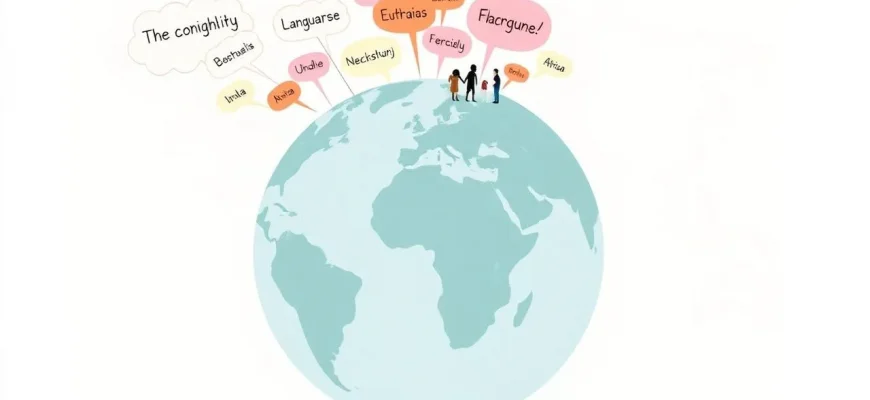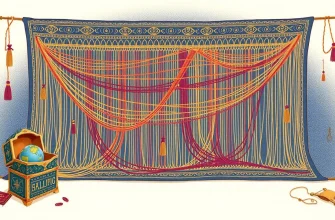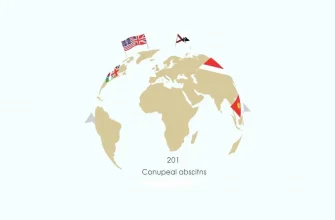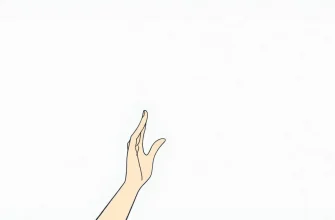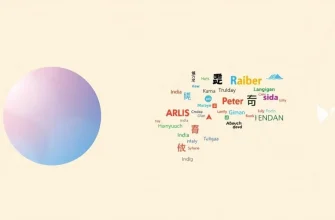- In the Land of the Head Hunters (1914)
- The Language You Cry In (1998)
- The Linguists (2008)
- We Still Live Here - Âs Nutayuneân (2010)
- Tongues of Heaven (2013)
- The Last Speakers (2015)
- Language Matters (2015)
- The Linguistic Genius of Babies (2017)
- The Last Voices of the Amazon (2018)
- The Language of the Birds (2019)
In an era where globalization often overshadows cultural diversity, the preservation of languages is more crucial than ever. These documentaries delve into the lives of communities fighting to keep their linguistic heritage alive. Each film in this collection not only highlights the beauty and complexity of these languages but also underscores the urgent need for their conservation. From the remote corners of the world to urban settings, these stories are a testament to the resilience of human culture and the importance of linguistic diversity.
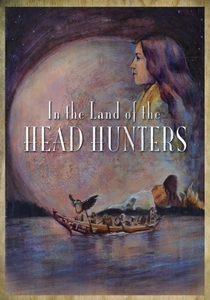
In the Land of the Head Hunters (1914)
Description: Although not a modern documentary, this silent film provides a historical perspective on the Kwakwaka'wakw people and their language, which was already endangered at the time of filming.
Fact: It is considered one of the first ethnographic films, directed by Edward S. Curtis.
 Watch Now
Watch Now 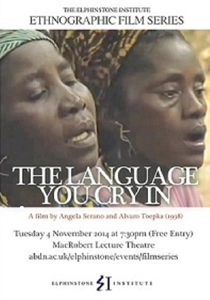
The Language You Cry In (1998)
Description: This film traces the journey of a song from Sierra Leone, sung in Mende, which was recorded in the 1930s, to its rediscovery and the subsequent efforts to preserve the language.
Fact: The song in question was recorded by ethnomusicologist Lorenzo Dow Turner.
 30 Days Free
30 Days Free 
The Linguists (2008)
Description: Follow two linguists as they travel to remote corners of the world to document languages on the brink of extinction, showcasing the urgency and beauty of their mission.
Fact: This film was nominated for an Emmy Award for Outstanding Science and Technology Programming.
 30 Days Free
30 Days Free 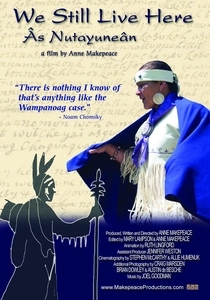
We Still Live Here - Âs Nutayuneân (2010)
Description: This documentary tells the story of the Wampanoag people's efforts to revive their language, which had been lost for over a century, highlighting the cultural and personal significance of language revival.
Fact: The film was directed by Anne Makepeace, who has made several documentaries about Native American culture.
 30 Days Free
30 Days Free 
Tongues of Heaven (2013)
Description: Explore the linguistic diversity of the Pacific Islands, focusing on the efforts to preserve languages like Chamorro and Palauan, which are at risk of disappearing.
Fact: The film was produced by the Smithsonian Institution, showcasing their commitment to cultural preservation.
 30 Days Free
30 Days Free 
The Last Speakers (2015)
Description: This film documents the lives of the last speakers of several endangered languages, offering a poignant look at the personal and cultural loss when a language dies.
Fact: The documentary features interviews with linguists and community leaders from around the world.
 30 Days Free
30 Days Free 
Language Matters (2015)
Description: A series of short films that explore various aspects of language preservation, from the role of technology to the impact of language loss on identity.
Fact: This series was created by the National Geographic Society, known for its educational and cultural documentaries.
 30 Days Free
30 Days Free 
The Linguistic Genius of Babies (2017)
Description: While not exclusively about endangered languages, this documentary highlights the innate ability of babies to learn any language, emphasizing the importance of early language exposure.
Fact: It was part of the TED Talks series, bringing scientific insights to a broader audience.
 30 Days Free
30 Days Free 
The Last Voices of the Amazon (2018)
Description: Documenting the efforts to preserve the languages of the Amazon rainforest, this film captures the struggle against time and modernization to keep these languages alive.
Fact: The film was shot over several years, capturing the changing dynamics of language use in the region.
 30 Days Free
30 Days Free 
The Language of the Birds (2019)
Description: This documentary explores the unique whistled language of La Gomera, a form of communication that is fading away due to modern technology.
Fact: The film was shot in the Canary Islands, showcasing the unique landscape that has influenced this language.
 30 Days Free
30 Days Free 
